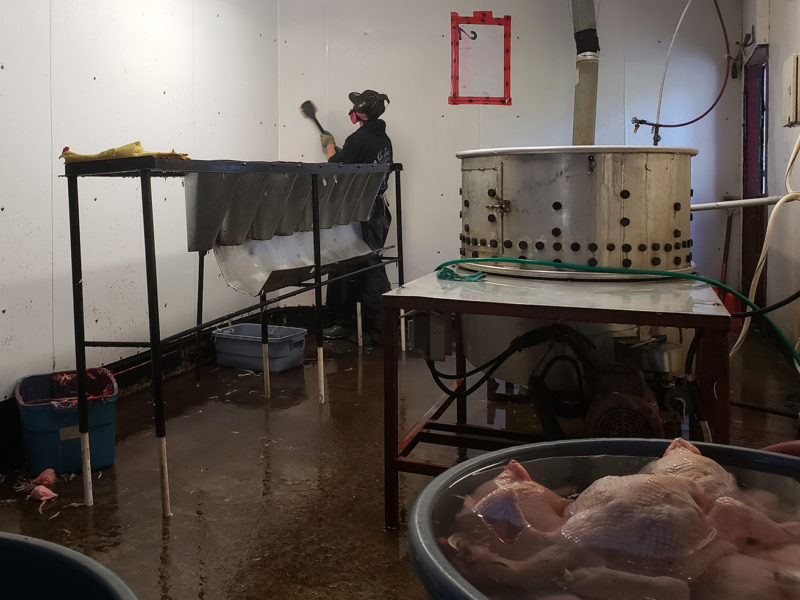The BC Ministry of Agriculture is finally beginning to update slaughter practices.
Comments are being accepted on a rural slaughter modernization intentions paper published September 14.
The paper proposes increasing the standards of inspection for class D and E facilities to more closely align their uninspected slaughter practices with those of inspected class A & B processors. This is something many segments of the industry have been calling for since consultations on the future of the province’s meat sector began in 2016.
“This paper provides the support the industry has been asking for and gives reassurance to members of the public that food safety and animal welfare standards are going to be enforced,” say Nova Woodbury, executive director of the BC Association of Abattoirs.
The intentions paper follows the province’s decision in August to consolidate all meat inspection in the province under the agriculture ministry’s Meat Inspection Branch, a change effective December 1. (While the branch oversaw inspections at class A and B plants, D and E facilities were under the BC Ministry of Health.)
This modernization focuses on four key areas: public health and safety, innovation, regulatory efficiency and strengthening the provincial food supply.
Public health and safety is where improving oversight, increasing inspections and updating codes of practice for D and E facilities fall.
Virtual inspections, post mortem inspections and third-party involvement in inspections is part of innovation. The framework for D and E processors could also be updated.
Regulatory efficiency will be addressed by working with FrontCounter BC to improve the licensing process.
While aiming to strengthen the provincial food supply, the government acknowledges that demand is increasing for local meat.
“Increased inspection and compliance monitoring for rural operators to confirm that they are continuing to uphold standards will support food supply security and sustain high public confidence in the local meat supply,” the paper states.
The deadline for public feedback is October 19. The province promises to begin making regulatory and policy changes by the end of the year.


 Apples smoked by fires, labour
Apples smoked by fires, labour